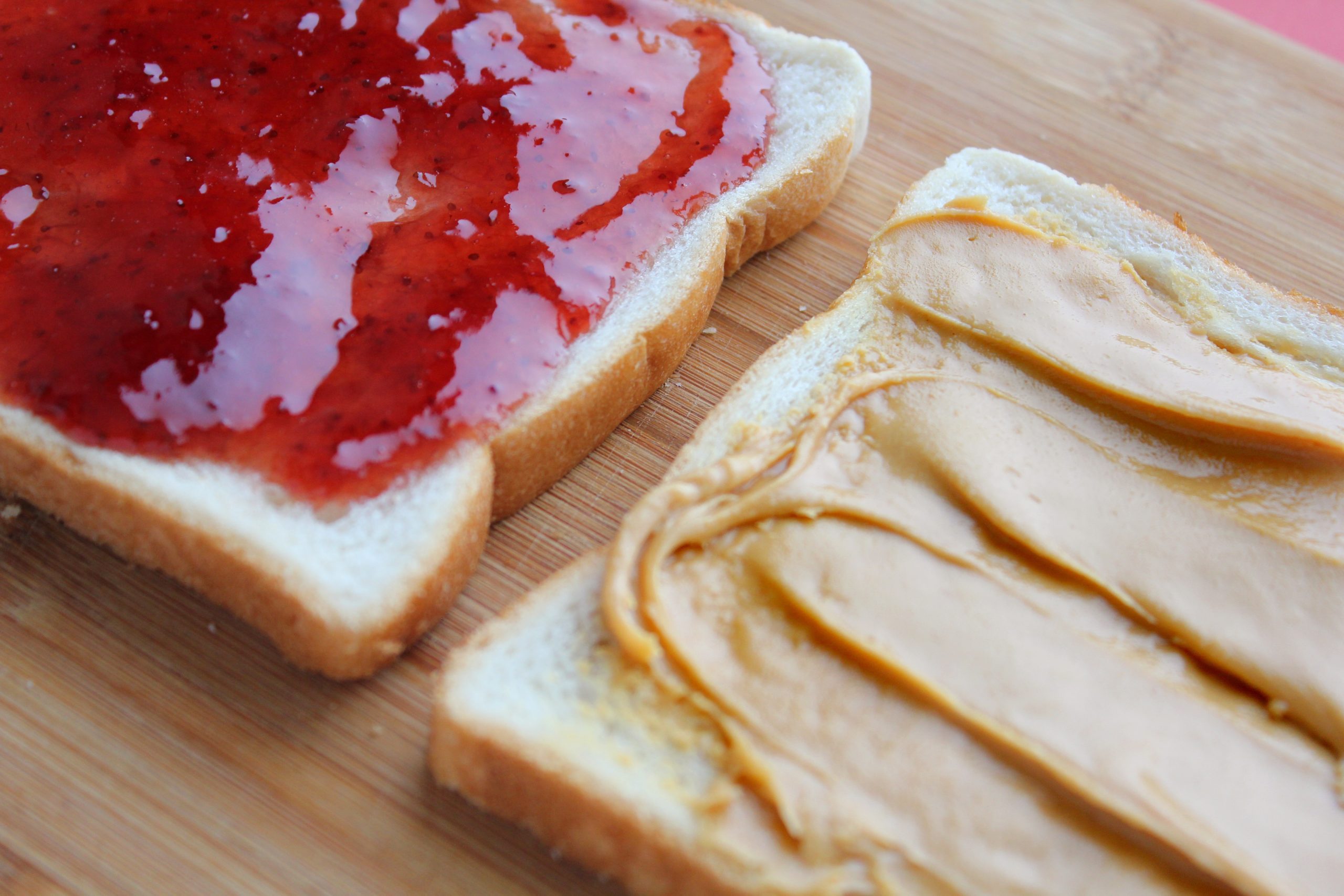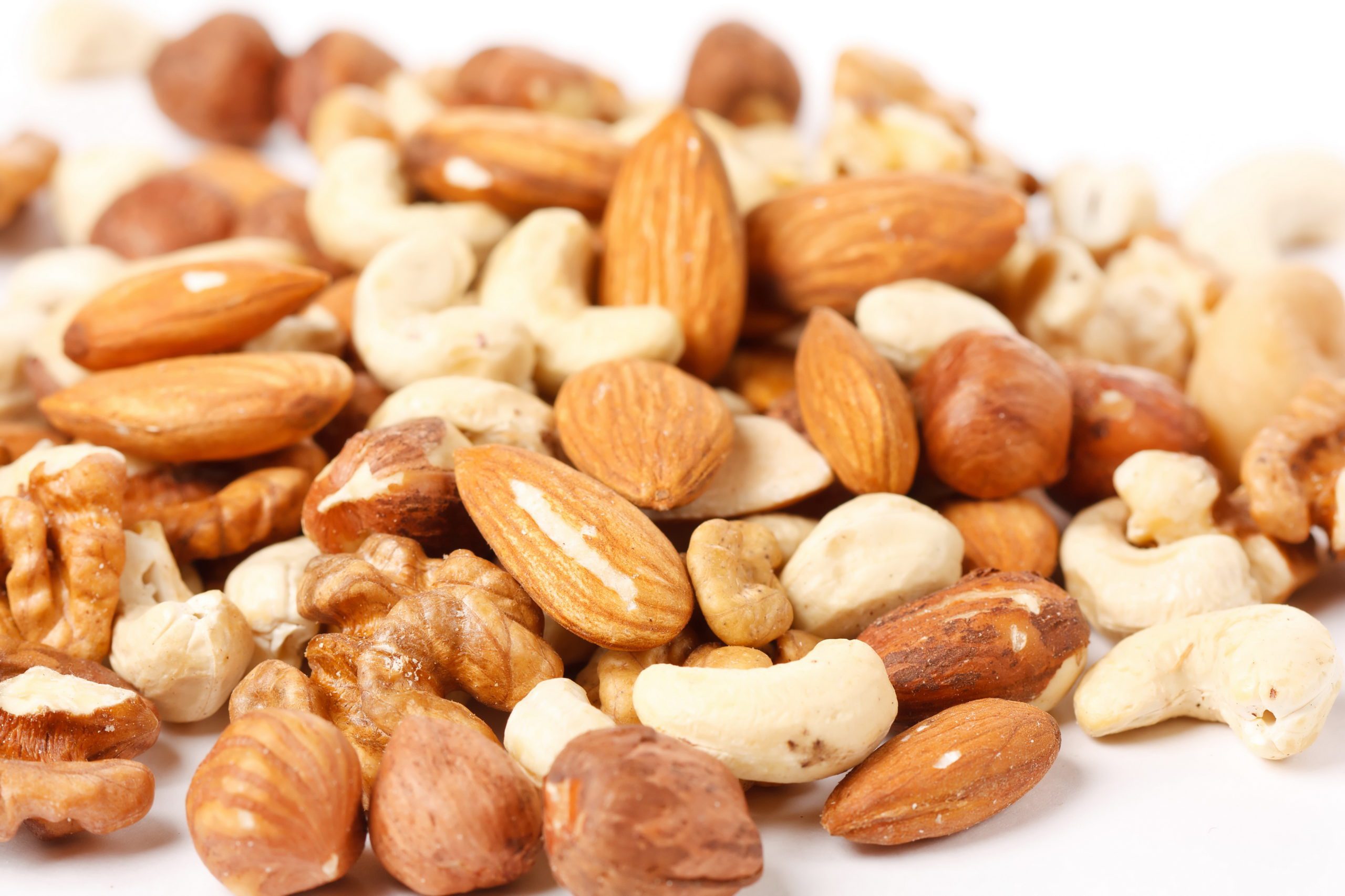Oral immunotherapy (OIT) refers to feeding an allergic individual an increasing amount of an allergen with the goal of increasing the threshold that triggers a reaction. For example, a person allergic to peanuts may be given very small amounts of peanut protein that would not trigger a reaction. This small amount is gradually increased in the allergist’s office over a period of months. The goal of therapy is to raise the threshold that may trigger a reaction and provide the allergic individual protection against accidental ingestion of the allergen. OIT is not a curative therapy. Individuals who receive OIT will continue to carry epinephrine, read labels closely, etc., and it is not expected that OIT will lead to ingestion of the allergen without limitation.

The current standard of care for treatment of food allergy is avoidance of the allergen and treatment of anaphylaxis with auto-injectable epinephrine. While many food allergy treatments, including OIT and epicutaneous immunotherapy (EPIT, or a skin patch), have been considered investigational by professional allergy societies and other key stakeholders, the Allergenic Products Advisory Committee of the Food and Drug Administration (FDA) recently voted to support approval of a standardized oral immunotherapy (OIT) product for peanut allergy. Previously known as AR101, the brand name is expected to be PalforziaTM. The proposed indication is for treatment to reduce the incidence and severity of allergic reactions, including anaphylaxis, after accidental exposure to peanut in patients aged 4 to 17 years with a confirmed diagnosis of peanut allergy. The FDA now requires submission of a Risk Evaluation and Mitigation Strategy for review and approval.
Efficacy in clinical trials has typically been defined by induction of a desensitized state. “Desensitization” refers to the improvement in food challenge outcomes after therapy and relies on ongoing exposure to the allergen. Peanut, egg and milk OIT have been shown to desensitize approximately 60 to 80% of patients studied. Desensitization rates for other foods have not been as closely studied and some evidence suggests OIT may not be equally efficacious for every food allergy. It is important to note that because efficacy has been measured using oral food challenges in trials, it is not yet definitively known whether desensitization can protect patients from real-world accidental exposures (e.g. prevent hospitalization or death).
Some studies have looked at “sustained unresponsiveness” which refers to retention of the protective benefit achieved through therapy and is not reliant on ongoing exposure. Sustained unresponsiveness has not been adequately studied to provide definitive data. Peanut and milk OIT have been reported to induce sustained unresponsiveness in approximately 30 to 70+% of individuals, though a number of variables make broad interpretation of this data difficult, including age of participants in the studies, length of time on therapy, and length of time off therapy at the time the sustained unresponsiveness was assessed. It is assumed that ongoing exposure will be required for the majority of individuals receiving OIT or EPIT; the therapies in their current form are unlikely to produce a permanent, long-standing immunologic change.
The most common side effects involve the gastrointestinal (GI) tract. Typical symptoms include abdominal pain, vomiting and cramping. Some patients have developed eosinophilic esophagitis (EoE), an allergic disease of the esophagus that causes difficulty swallowing, vomiting and abdominal pain, but it is not always clear that EoE was caused by the therapy. EoE typically resolves when therapy is discontinued. Other commonly reported side effects include oral itching, rash, hives, swelling, wheezing and anaphylaxis.
Studies thus far have brought to light several “real-life” considerations that will be important to understand as treatment with OIT becomes available. OIT involves a long-term commitment with daily dosing during the up-dosing and maintenance phases which occur over several months to years and possibly indefinitely. Bi-weekly office visits are required to safely assess the tolerability of each consecutive dose level. When dosing at home, certain precautions increase safety but also place restrictions on daily life, such as a home monitoring period after dosing and avoiding an elevation in body temperature (e.g. with exercise, hot showers, etc.) for 2to 4 hours after dosing. In addition, aversion to the taste and smell of the product can be tough to overcome for those who have practiced lifelong avoidance.
There are many important questions about OIT that require ongoing study. The precise degree of protection is a topic of active investigation. Will OIT allow individuals to reliably eat products with precautionary labels? The length of treatment and doses used have varied in published studies. The “best” dose to give for any particular allergen is unknown. How to predict which individuals would respond to treatment and those at highest risk of side effects is also unknown. Do treatments have long-term safety risks different from those observed in clinical trials? Is there a way to measure benefit without performing an oral food challenge? Is long-term treatment sustainable? What are the effects of long-term treatment on quality of life and family dynamics? What are the effects of suboptimal adherence on safety and efficacy? Could OIT be combined with another therapy to improve safety and efficacy?
The only FDA approved treatment for food allergy is the aforementioned peanut OIT product, PALFORZIA™. Other programs for egg and walnut allergies have been announced. There are also a relatively small number of allergists around the country who use commercial food products to offer OIT as a service in their offices, a clinical practice which is not currently and will not be “approved” by the FDA. Only REMS certified providers will be able to prescribe PALFORZIA™.
OIT is a leading investigational and now, marketed treatment, offering the hope of protection from food allergy reactions. However, like most chronic diseases, food allergy treatment will not be a “one size fits all” approach. Thus far, OIT has primarily targeted allergy to single foods; further study is required to determine if multiallergen OIT will be beneficial. Other investigational therapies may become available and carry different risks and benefits. In addition to the safety profile, important considerations will include likelihood of outgrowing an allergy naturally, prevalence of food in the diet/culture, severity of allergy, and risk of exposure. Ultimately, the choice of treatment, including that of active non-intervention, will be based on individual and family factors after careful discussion with one’s physician.
This article has been reviewed by Andrew Moore, MD, FAAAAI
Reviewed: 2/4/20
Published by AAAAI on2/4/2020
Make sure to schedule an appointment with your allergist to discuss oral immunotherapy. After you have a conversation with your allergist, it will be determined if you are a candidate for oral immunotherapy.
An oral food challenge (OFC), or feeding test, is a medical procedure in which a food is eaten slowly, in gradually increasing amounts, under medical supervision, to accurately diagnose or rule out a true food allergy.
An OFC is used as a medical test when the food allergy is in question, and will either confirm or rule out the presence of the allergy. OIT is a medically supervised therapy in which the patient eats small, gradually increasing amounts of a food on a daily basis to which they are known to be allergic, with the goal that over time the patient will become desensitized or tolerant to it. Oral food challenges may occasionally be administered to patients who are being treated with OIT to determine if the therapy is successful.

A radioallergosorbent (RAST) test measures the level of allergen-specific IgE antibodies in your blood. Simply put, it measures your immune system’s reaction to a particular food allergen.
PREPARING FOR DAY ONE:
